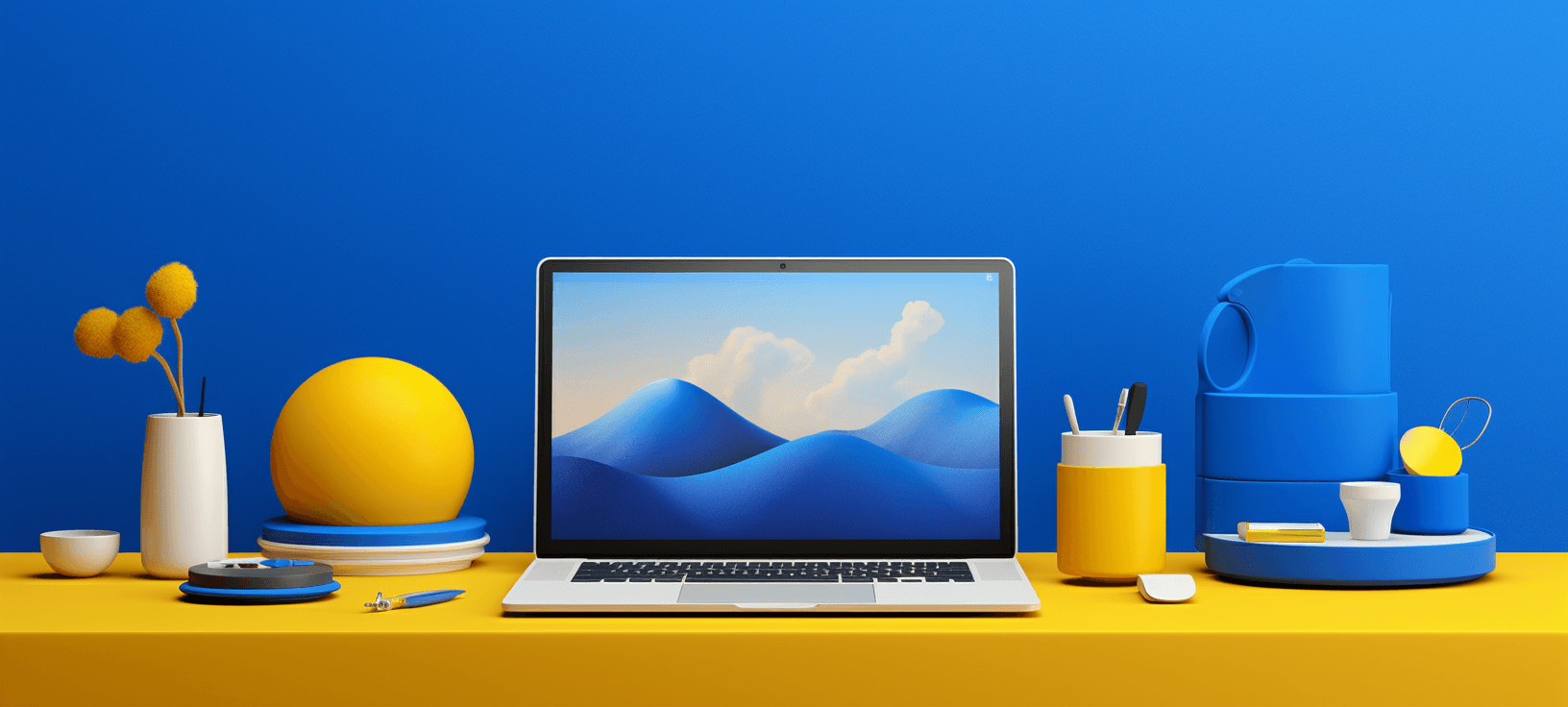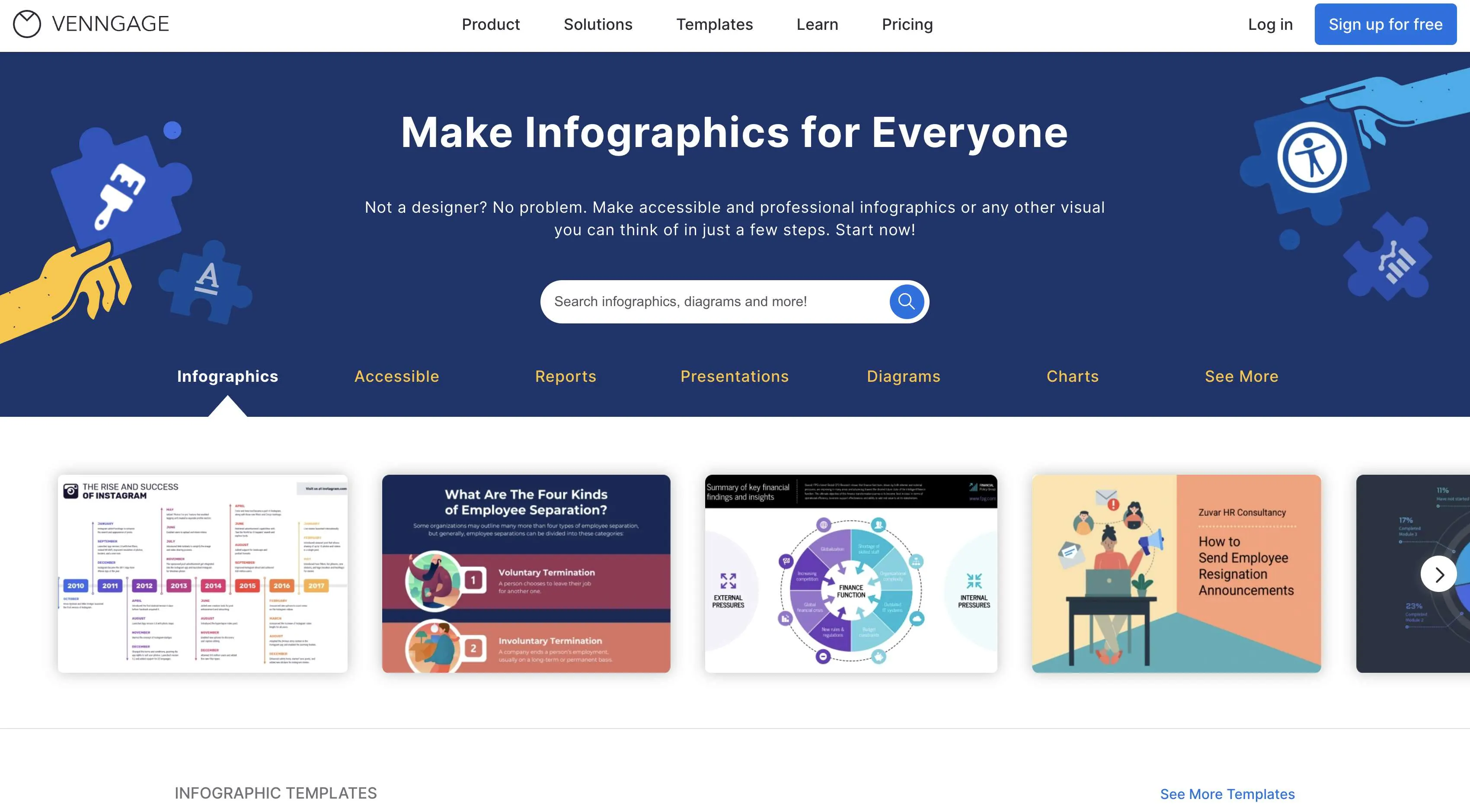Why Web Design Is Crucial for Building a Strong Online Presence
Why Web Design Is Crucial for Building a Strong Online Presence
Blog Article
Elevate Your Online Presence With Spectacular Web Style Tips and Trends
The interplay of visual allure, existing design trends, and individual experience plays a pivotal role in attaining this objective. The subtleties of effective style extend past aesthetic appeals; comprehending vital techniques for optimization can significantly impact your success.
Significance of Visual Allure
In today's digital landscape, the aesthetic appeal of an internet site is paramount; studies show that 94% of very first impacts are design-related. This figure emphasizes the essential function that aesthetics play in customer interaction and retention. A properly designed site not only brings in visitors yet likewise encourages them to discover its content better. Efficient visual design encompasses elements such as color schemes, layout, typography, and images, all of which contribute to a cohesive and appealing user experience.
In addition, an aesthetically enticing web site imparts a sense of trustworthiness and expertise. Customers are more probable to rely on a site that looks polished and well-structured, which can dramatically affect conversion rates. Conversely, a unsightly or cluttered design can cause high bounce prices, as users may regard the internet site as undependable or obsolete.
Moreover, the appearances of a web site can convey brand identification and worths (Web design). Regular use of branding aspects, such as logos and shade palettes, reinforces recognition and cultivates a deeper link with the target market. To conclude, prioritizing aesthetic charm is important for creating interesting, trustworthy, and brand-aligned online experiences that resonate with individuals
Current Design Patterns
Modern web style is frequently evolving, and remaining updated with current fads is crucial for developing impactful on-line experiences. One noticeable fad is the increase of minimalism, identified by clean lines, enough white area, and a concentrate on necessary components. This method not just boosts usability but additionally enables material to take facility phase.
Additionally, dark setting user interfaces have actually acquired popularity, providing customers with an aesthetically striking alternative while lowering eye strain. This trend lines up well with customer preferences, providing a contemporary aesthetic that is both trendy and practical.
Another significant trend is the consolidation of vibrant typography. Designers are significantly making use of large, expressive font styles to produce visual pecking order and share brand messages successfully. Paired with vivid shade combinations, this trend adds dynamism to web pages.

Essential Style Aspects
Reliable web design rests on numerous crucial design aspects that together develop a interesting and cohesive customer experience. The first of these elements is design, which dictates exactly how material is arranged on the web page. A well-structured layout not just boosts readability yet also overviews customers via the site seamlessly.
Color plays a crucial role in design, affecting feelings and brand name assumption. A harmonious color combination can evoke certain sensations and develop a visual power structure, thereby drawing focus to crucial elements. In a similar way, typography is crucial; the selection of fonts must straighten with the brand identification and make certain legibility across gadgets.
In addition, whitespace is typically neglected however is crucial for developing equilibrium. It aids prevent mess, permitting customers to focus on the important components without distraction.
Lastly, uniformity across all design aspects reinforces brand name identity and makes navigating instinctive. By carefully incorporating these necessary layout elements, web developers can create aesthetically appealing and functional web sites that astound visitors and motivate interaction.
User Experience Optimization
A smooth user experience is important for preserving visitors and driving conversions on a website. Optimizing customer experience (UX) involves understanding your target market and customizing design components to fulfill their demands effectively. Trick components of UX optimization consist of user-friendly navigating, quick filling times, and clear phone call to activity.
To improve navigation, make sure that food selections are arranged logically and accessible from any type of web page. Incorporate breadcrumb trails to help users conveniently backtrack, decreasing stress. Rate is an additional essential factor; sites must fill within three secs to protect against customers from abandoning the website. Use devices like image compression and internet browser caching to optimize load times.
Furthermore, your website's style should focus on clarity. Use readable typefaces, contrasting colors, and whitespace to produce an aesthetically attractive format that overviews customers with material effortlessly. Phone call to activity ought to be prominently presented, using actionable language that urges individuals to involve.
Mobile Responsiveness Methods
Almost half of all web traffic currently originates from mobile devices, highlighting the significance of implementing robust mobile responsiveness methods. To make certain optimal individual you can find out more experience throughout different screen dimensions, web designers should welcome a fluid grid layout that adapts flawlessly to various gadgets. This technique permits content to resize and rearrange without endangering performance or aesthetics.
Including adaptable photos and media queries is necessary. Pictures need to automatically change their size according to the viewport, while media questions can find device features and use tailored CSS designs accordingly. This strategy improves load times and makes sure that customers have a visually enticing experience.
In addition, focus on touch-friendly navigating components. Buttons and web links must be quickly tappable, with ample spacing to avoid misclicks. Staying clear of hover-dependent communications better improves usability on touchscreens.
Last but not least, carrying out regular screening across different tools and browsers is essential. Devices like Google's Mobile-Friendly Test can assist identify locations needing renovation. By embracing these mobile responsiveness methods, businesses can improve user engagement, boost internet search engine positions, and inevitably drive conversions, thereby boosting their online existence properly.
Verdict
By focusing on aesthetic appeal with existing layout fads and crucial have a peek here components, businesses can foster credibility and interaction. Optimizing user experience and ensuring mobile responsiveness are essential for facilitating seamless communication throughout tools.

Alternatively, a chaotic or unsightly style can lead to high bounce rates, as users might view the web site as unreliable or obsolete. - Web design
Efficient internet design hinges on a number of essential design elements that with each other develop a natural and interesting user experience. Enhancing customer experience (UX) involves recognizing your audience look at this site and tailoring style aspects to satisfy their requirements successfully.
Report this page